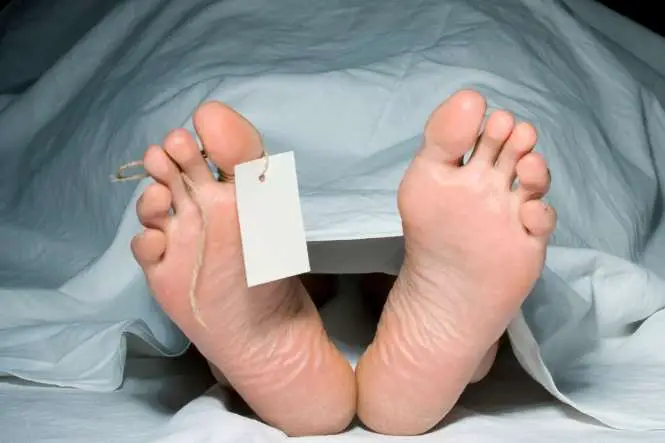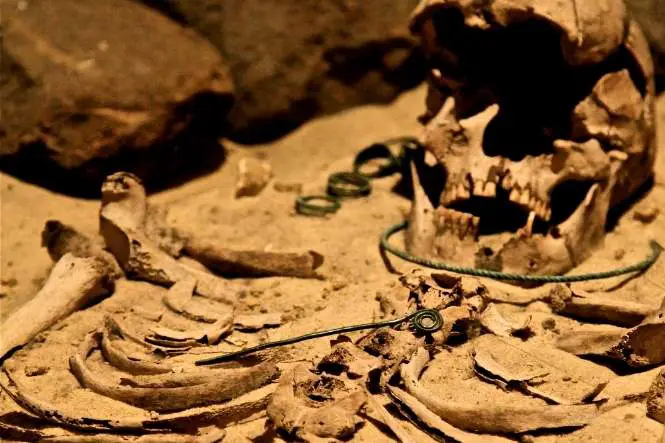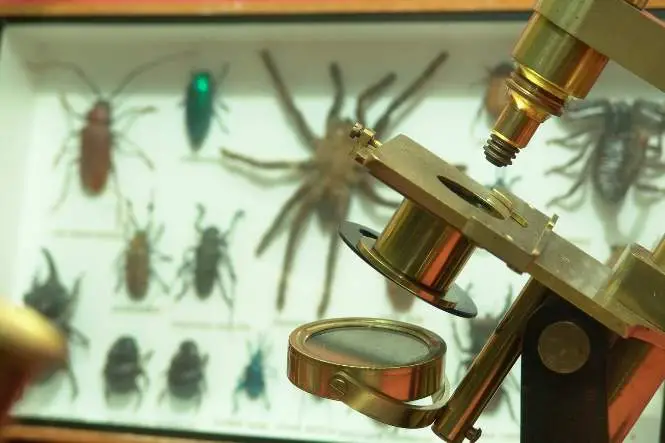The Four Manners of Death
The four manners of death are the four main categories in which death can occur that a pathologist will look for when he or she is examining the deceased. Four Categories of Death These four categories of death are: Natural Causes: Quite simply when the body ceases to function of …











